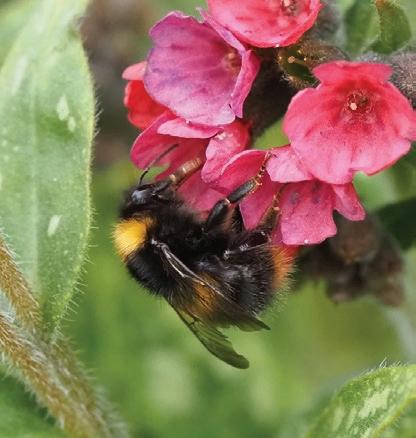Are pollinators under threat in Ireland? The most important pollinators in Ireland are insects, particularly bees and flies. Only
1
Honeybee species
21 + 77 = 98
Bumblebee species
Solitary bee species
Wild bee species
Globally, bees are the most important pollinators because they visit flowers to collect pollen for their larvae, as well as feeding exclusively on the nectar of flowers as adults. Hence, the entire life cycle of
Protecting pollinators brings many benefits
bees is dependent on interactions with flowering plants. While adult hoverflies feed mainly on nectar and pollen, the larvae of many species are voracious predators of aphids and other pests. As a result, hoverflies contribute to both pollination andpollination pest control. Crop
Co-benefits
Climate regulation, Research has shown that more than half of Ireland’s bee species have undergone humansubstantial health anddeclines in wellbeing, numbers since 1980, with 30% of species considered threatened with extinction from landcape Ireland according and culture, stable 3 to IUCN criteria . Three bee species that occur in Ireland are also threatened with extinction at the soil, reduced flood risk European level, and an additional four species are near threatened1. Unfortunately, we don’t have historical Wild plant data to assess changes in the abundance of our common wild pollinator species in Ireland. The All-Ireland pollination
Bumblebee Monitoring Scheme was established by the National Biodiversity Data Centre in 2012 to provide these data on bumblebees into the future.
Diversity of pollinators
Other benefits
quote-left Waste recycling, pest control, Study after study confirms that prey for insectivores maintaining pollinator diversity keeps agricultural systems and natural ecosystems resilient.”
Great yellow bumblebee: endangered in Ireland and vulnerable at the European level
Bombus distinguendus © Dara Stanley
10













